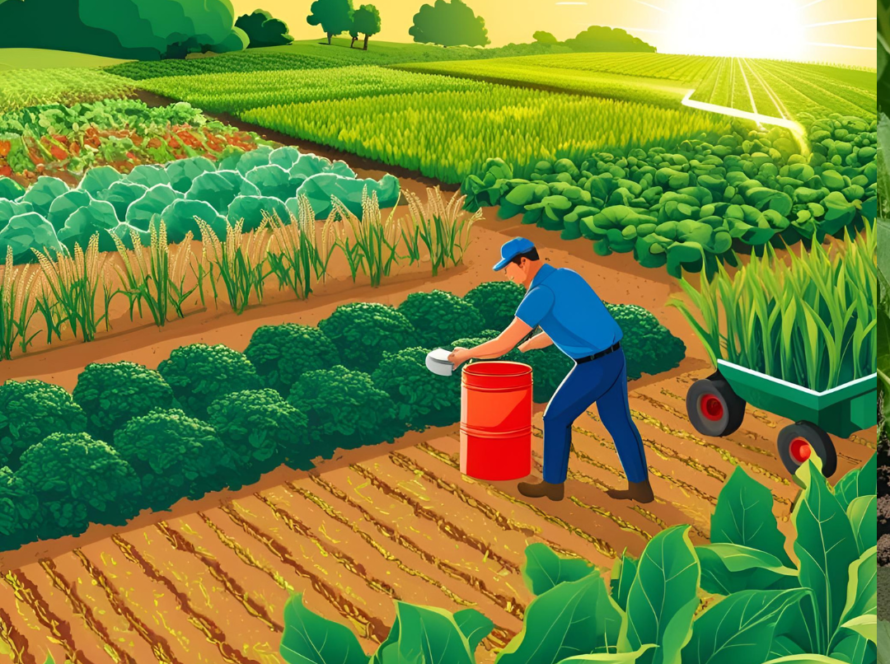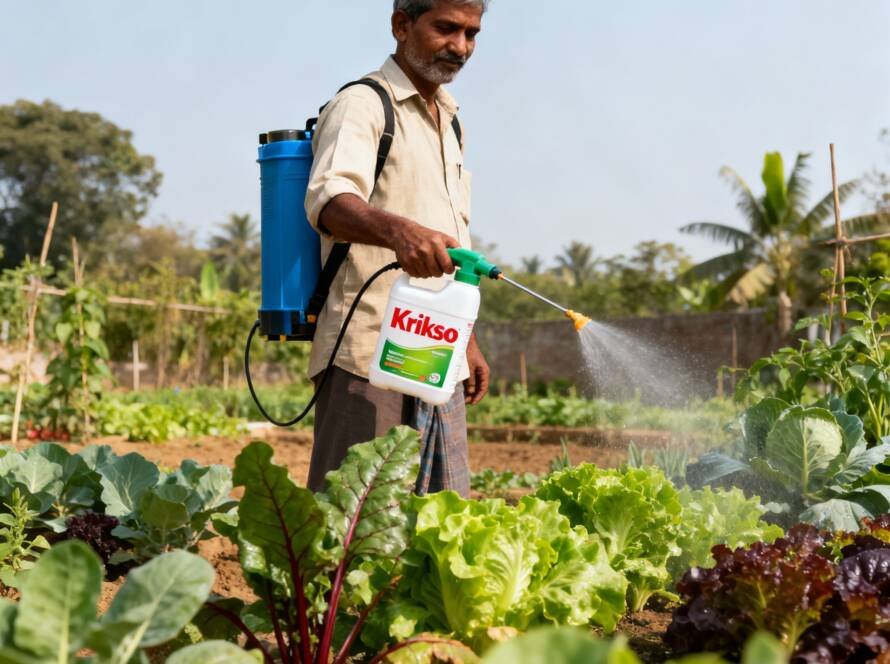Anjir, commonly known as fig, is a high-value fruit crop with increasing demand in both domestic and international markets due to its nutritional value, medicinal properties, and long shelf life. Proper cultivation techniques, efficient orchard management, and utilization of all parts of the fig plant can help farmers maximize yield, minimize waste, and generate multiple income streams.
Why Anjir Farming is Profitable
- High Market Demand – Figs are consumed fresh, dried, or processed in jams, desserts, and health foods.
- Premium Pricing – Due to their health benefits and limited supply, figs command higher prices.
- Long Shelf Life – Dried figs can be stored for months, allowing flexible marketing.
- Multiple Revenue Streams – Fruits, leaves, and even pruned branches can be used for additional products or organic inputs.
Step 1: Site Selection and Soil Preparation
- Ideal soil: well-drained loamy or sandy soil, pH 6–7.
- Ensure full sun exposure for maximum fruiting.
- Add organic compost or farmyard manure to enrich soil before planting.
- Plant on raised beds or mounds in areas prone to waterlogging.
Step 2: Choosing the Right Variety
- Brown Turkey – Popular variety, high yield, good taste, suitable for fresh and dried markets.
- Black Mission – Premium quality, ideal for export and processing.
- Kadota – Used mainly for drying and processing purposes.
Step 3: Planting and Propagation
- Propagation is done through saplings or air-layered cuttings.
- Space plants 4–6 meters apart for optimal sunlight and airflow.
- Support young plants with stakes if necessary.
Step 4: Irrigation and Fertilization
- Drip irrigation is ideal for fig orchards to conserve water and ensure deep root growth.
- Apply balanced NPK fertilizers along with organic manure to improve flowering and fruit set.
- Mulching helps retain soil moisture and reduce weeds.
Step 5: Flowering, Pollination, and Fruiting
- Figs are often self-pollinating, but some varieties may require fig wasps or hand pollination.
- Ensure proper pruning and training to maximize fruit production and sunlight penetration.
Step 6: Pest and Disease Management
- Common pests: fig beetles, aphids, and mites.
- Diseases: root rot, leaf spot, and fruit drop.
- Use organic pest control, neem-based sprays, and maintain proper spacing for airflow.
Step 7: Harvesting and Post-Harvest Handling
- Harvest figs when fully ripe but firm for fresh sales.
- Dry or process overripe or imperfect fruits into jams, sauces, or dried figs.
- Store in cool, ventilated conditions to extend shelf life.
Step 8: Maximizing Profit from Every Part of the Fig Plant
- Fruits – Fresh sales, dried figs, jams, sauces, and desserts.
- Leaves – Can be used for herbal teas or as mulch.
- Pruned Branches – Useful for compost or biofuel.
- By-products – Overripe fruits can be converted into animal feed or fermented products.
By utilizing all parts of the fig plant, farmers can increase profitability and reduce waste while tapping into multiple markets.
Krikso India Support for Anjir Farming
- Certified Saplings and Cuttings – High-yield, disease-free fig plants.
- Fertilizers and Soil Enhancers – Tailored nutrient solutions for optimum growth and fruit quality.
- Drip Irrigation Solutions – Efficient water usage and healthy plant growth.
- Technical Advisory Services – Expert guidance on pruning, pest management, pollination, and harvesting.
- Market Linkages and Buy-Back Programs – Access to domestic and export markets for fresh and processed figs.
With Krikso India’s integrated support, Anjir farming becomes a sustainable and profitable venture, suitable for small farmers and contract farming models alike.



